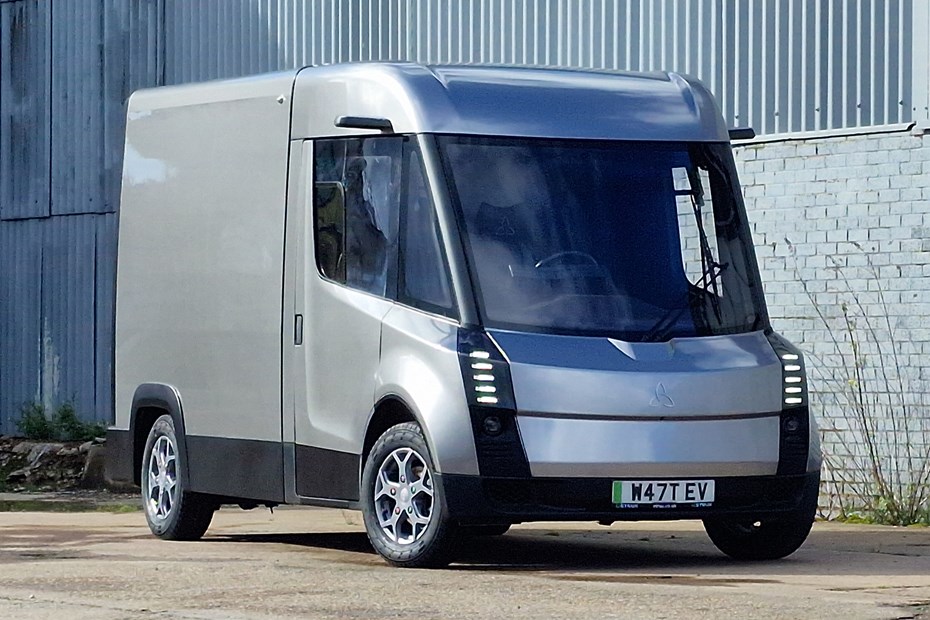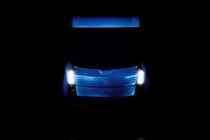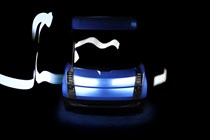Watt Electric Vehicle Company (WEVC) and the electric vehicle conversion specialist Etrux have unveiled a new prototype van at the 2023 CV Show. It’s called the eCV1 – and the two companies reckon it’ll be a game-changing addition to the electric LCV market when it goes on sale in 2025.
WEVC designed the eCV1’s platform, while Etrux built the van’s body. By their own account, they’ve ended up with a van that has the ideal min-max weight specs, as the prototype has a kerb weight of 1,750kg but it can carry a maximum payload of 2,500kg. To put those figures into perspective, the Renault Master E-Tech has a kerb weight of 1,780kg and a maximum payload capacity of 1,420kg.
The platform shoulders most of the praise. It’s WEVC’s all-new PACES (or Passenger and Commercial EV Skateboard to use its unabridged title) architecture, which was designed from the offset to be an electric platform. The chassis was purpose-built to suit the battery which, until very recently, wasn’t common. Most electric vans on sale today are riding around on adapted diesel van platforms.
WEVC says its EV-only strategy has increased the eCV1’s rigidity, lowered its kerb weight and maximised its potential payload. The company’s design principles have also removed some of the practicality issues related to converting old diesel platforms to run on electric power.
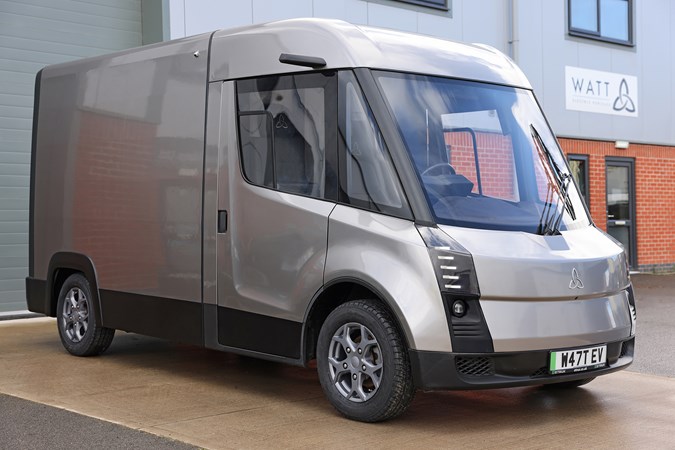
The eCV1’s battery pack is a 110kWh unit offering a maximum range of 235 miles. It’s one of the largest batteries fitted to a van, trailing only the 111kWh unit used in the Iveco eDaily.
It sounds like the chassis will be quite versatile, too. WEVC hasn’t yet disclosed any performance specs for its electric motors, but the brand has hinted that front-, rear- and four-wheel drive variants are all on the cards. There’ll be a host of body variants, too, including a chassis cab, a drop side pick-up, a panel van and a Luton box van.
Perhaps most importantly, the eCV1 is a home-grown project. WEVC has production facilities in Cornwall and the Midlands, while Etrux is based in County Antrim, Northern Ireland.
What’s the WEVC eCV1 like inside?
Quite unusual. It has a central driving position (like a McLaren F1), which WEVC says brings three key benefits. Having the seat in the middle allowed Etrux to draw the A-pillars towards the centre of the cabin and taper the van’s front end. That reduces drag and improves efficiency.
Also, because there aren’t any other seats in the way, the driver can exit the cabin on either side of the van. That’s safer, at it means they can avoid passing traffic regardless of which side of the road they need to park on. Finally, WEVC says the setup provides better visibility at junctions.
Other stand out features for the prototype van include an internal floor that’s free from obstructions and a full-height cabin that allows the driver to stand up inside. That means you can walk from the driver’s seat, through a door in the rear bulkhead to the cargo bay without banging your head on the roof or tripping over a seat mount. That makes it well-suited to life as an urban delivery vehicle. It’s worth noting, though, that the same setup is also offered on the new Ford E-Transit Custom.
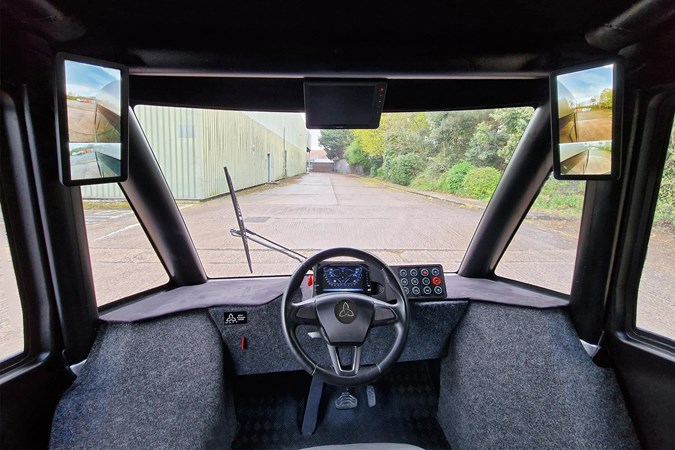
But the Ford E-Transit Custom is finished – and the eCV1 isn’t. After consulting several large logistics companies, WEVC and Etrux are working on further quality of life improvements for their van’s body and cabin. There’s an extended wheelbase model in the works that will allow drivers to fit more in the rear – and sliding rear doors are on the way.
Sliding doors weren’t considered for the original prototype, but a spokesperson for the brand told us they can save 18 seconds per parcel drop, which adds up to more than an hour of saved time over an average year per van. Scale that up to an entire fleet and the business case writes itself.
How much will the WEVC eVC1 cost?
WEVC hasn’t yet confirmed a price for the eCV1, and we probably won’t get an accurate figure until its 2025 launch date is on top of us. However, it sounds like WEVC is serious about bringing the van to market. The company says it has already made plans to produce up to 5,000 platforms every year.
At the Commercial Vehicle Show, we also learned that big delivery businesses are taking notice of WEVC. A spokesperson for the brand told us that a major high street department store dropped by the stand and loved the eCV1 so much that it placed an order for 3,000 vans. If the deal doesn’t fall through, that’ll be a huge win for the firm – and a great boost for the UK’s automotive industry.
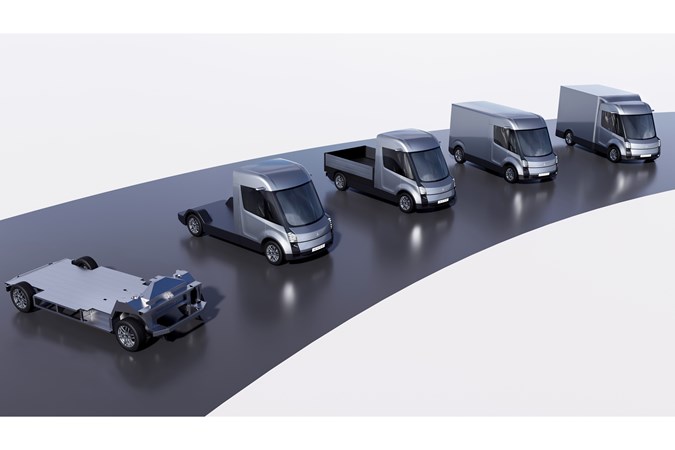
Just so you know, we may receive a commission or other compensation from the links on this website - read why you should trust us.


